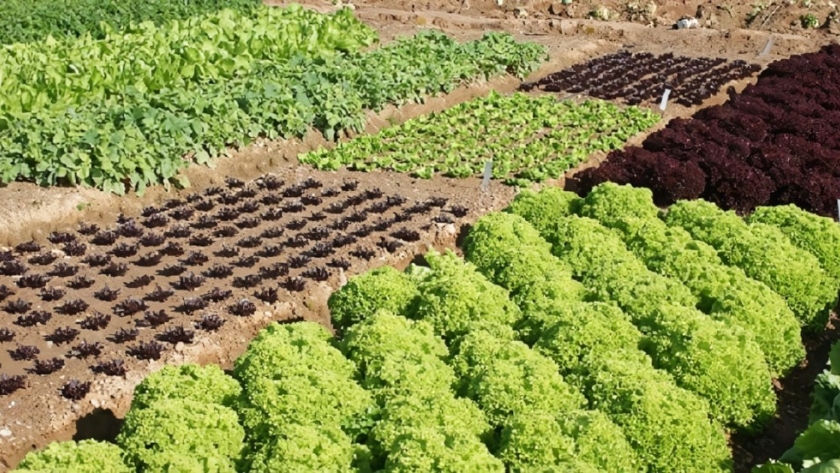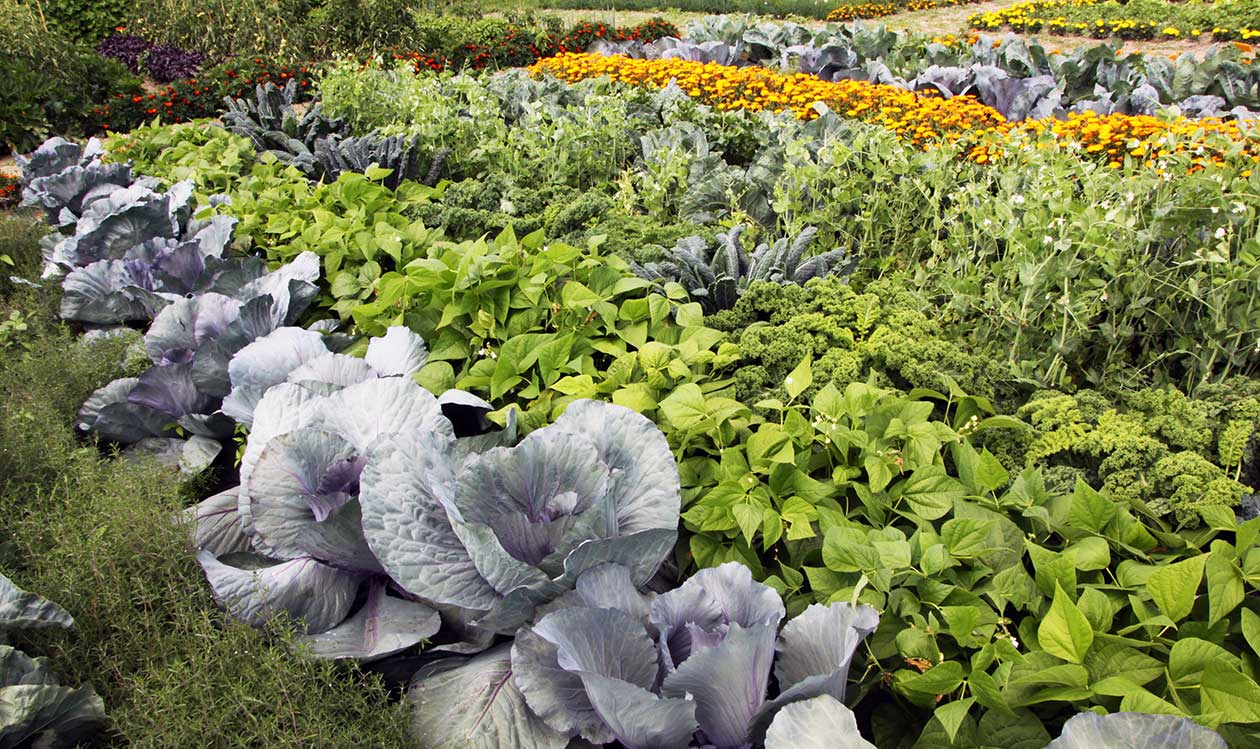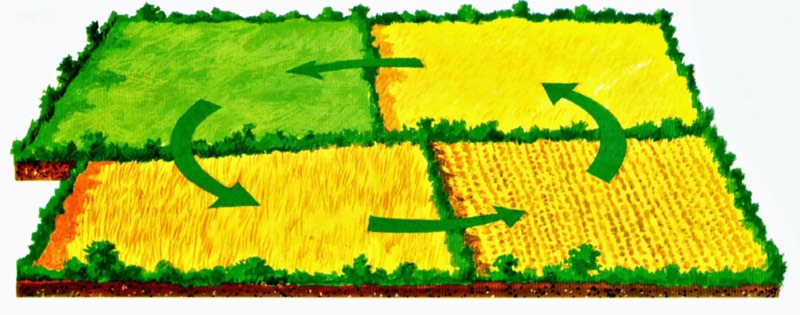
By Agroempresario.com
One of the foremost benefits of crop rotation lies in its capacity to enhance soil health. Different crops have unique nutrient needs and root structures, which, when rotated, prevent the depletion of specific nutrients in the soil. For example, legumes, such as beans and peas, fix atmospheric nitrogen into the soil, enriching it for nitrogen-demanding crops like corn or wheat. This practice not only helps maintain balanced nutrient levels but also fosters a healthier, more fertile soil environment.
Crop rotation is a natural strategy for controlling pests and diseases. Many pests and pathogens are crop-specific, thriving when the same plant is grown year after year. By rotating crops, farmers can disrupt the life cycles of these pests and diseases, reducing their populations and the damage they cause. This method minimizes the reliance on chemical pesticides, promoting a more environmentally friendly approach to pest management.

Weeds are a common challenge in agriculture, often competing with crops for nutrients, water, and sunlight. However, different crops compete with different weed species. Crop rotation can introduce a variety of crops that outcompete dominant weeds, helping to control their spread and reduce the weed seed bank in the soil. This diversity in cropping can also break the life cycles of specific weeds that are adapted to a particular crop.
Diverse root systems from a variety of crops play a crucial role in maintaining soil structure. Some crops, such as deep-rooted ones, can enhance soil aeration and improve water infiltration, while others help to bind the soil, reducing the risk of erosion. By rotating crops, farmers can protect their soil from erosion and degradation, ensuring that it remains productive for future planting seasons.

Crop rotation promotes biodiversity both above and below the ground. Above ground, a variety of crops can support a range of beneficial insects, such as pollinators and natural predators of pests. Below ground, different crops foster a diverse microbial community in the soil, which is vital for nutrient cycling and soil health. This biodiversity contributes to a more resilient and stable ecosystem, capable of withstanding environmental stresses.
In an ever-changing world, with uncertainties in weather, market conditions, and crop performance, crop rotation offers a practical way to manage risk. By diversifying the types of crops grown, farmers can spread financial risks and avoid total crop failure. This diversification can also help stabilize yields, as different crops may perform better under varying conditions, ensuring a more reliable food supply.

Finally, crop rotation improves nutrient use efficiency. Different crops extract and replenish different nutrients from the soil. For example, a crop like corn, which requires high nitrogen, can follow a nitrogen-fixing crop like soybeans, reducing the need for synthetic fertilizers. This practice not only saves costs but also benefits the environment by decreasing the runoff of excess nutrients into water bodies.
In conclusion, crop rotation is more than just a farming technique; it is a cornerstone of sustainable agriculture. By enhancing soil health, controlling pests and weeds, preventing erosion, promoting biodiversity, managing risks, and improving nutrient efficiency, crop rotation offers a multitude of benefits that contribute to a more resilient and productive agricultural system.
